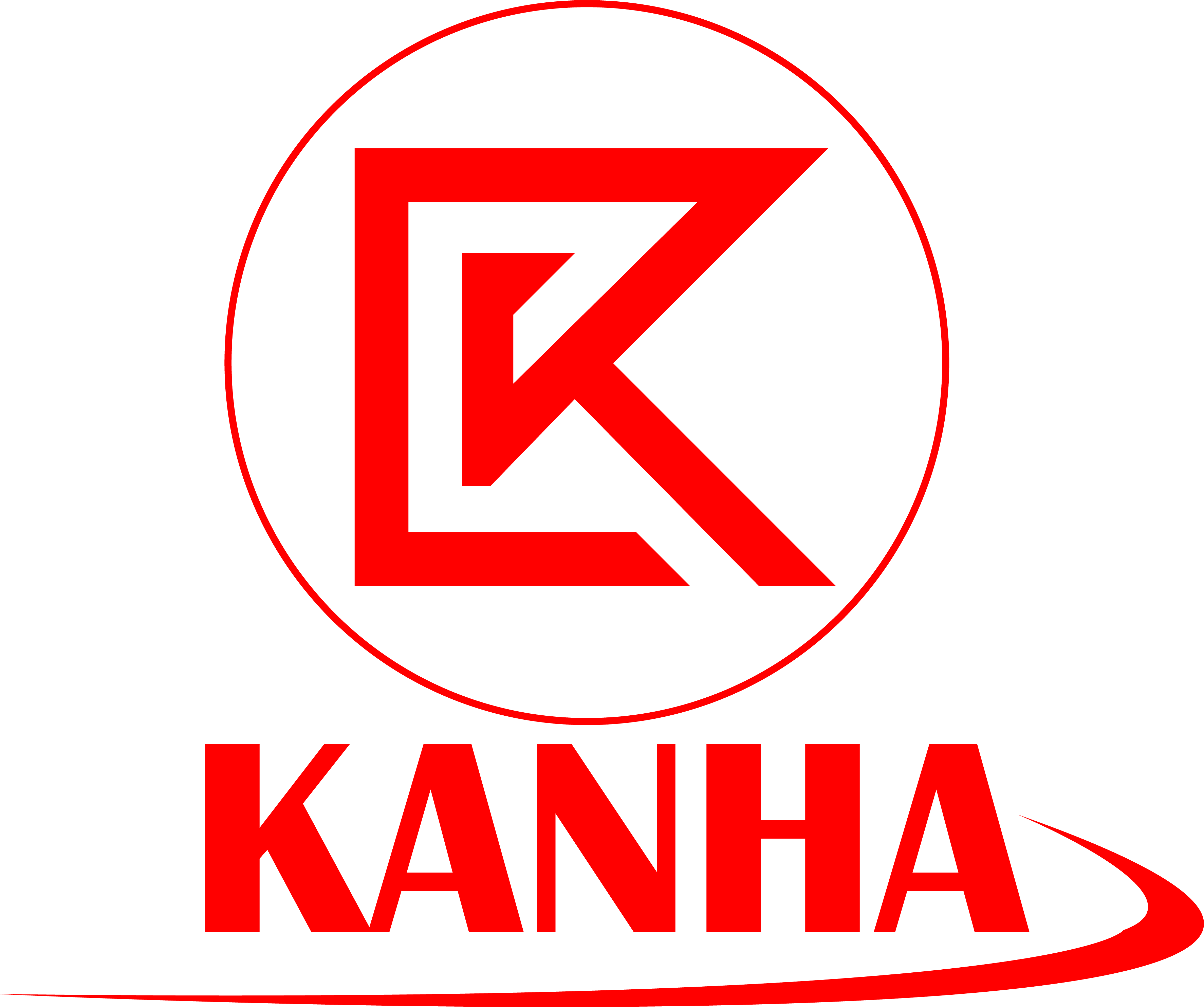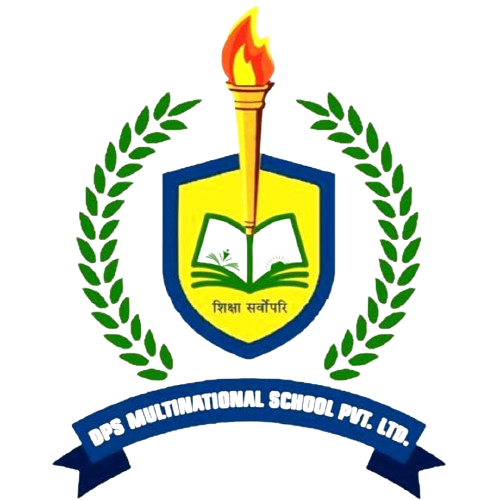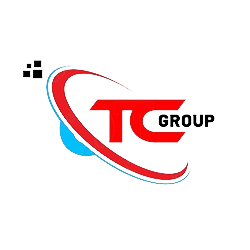
Digital Marketing Pricing Packages
We pride ourselves on delivering compelling, digital marketing solutions. Our winning solutions and experiences help many of our clients interact and engage with their customers in the best possible way.FREE TRIAL
Keyword research and management in SEO involve identifying relevant keywords, analyzing their performance, and optimizing website content to improve search engine visibility and attract targeted traffic. It's about understanding user intent, selecting effective keywords, and regularly reviewing and adapting strategies for better results.
A baseline SEO ranking report provides a snapshot of where a website stands in search engine results before any optimization efforts begin. It includes data on current keyword rankings, organic traffic, backlinks, and other relevant metrics. This report serves as a benchmark to track improvements over time and measure the effectiveness of SEO strategies.
On-page optimization refers to the process of optimizing individual web pages to improve their search engine rankings and attract more organic traffic. This involves optimizing various elements on the page itself, such as content, HTML source code, and meta tags, to make them more relevant to specific keywords and user queries. On-page optimization aims to enhance the visibility and relevance of a webpage to search engines, ultimately leading to better rankings and increased organic traffic.
XML sitemap generation involves creating a file that lists all the URLs on a website, making it easier for search engines to crawl and index the site's content. Once generated, the XML sitemap is submitted to search engines like Google via tools like Google Search Console. This submission helps search engines understand the website's structure and prioritize crawling important pages, leading to better visibility and indexing in search results.
Webmaster tool management involves using platforms like Google Search Console or Bing Webmaster Tools to monitor and optimize a website's performance in search engines. It includes tasks such as submitting sitemaps, checking for indexing errors, monitoring search traffic, analyzing keyword performance, and receiving alerts about potential issues affecting the website's visibility. These tools provide valuable insights that help website owners improve their SEO strategies and enhance their online presence.
Social Media Optimization (SMO) involves optimizing social media profiles and content to increase visibility, engagement, and traffic from social media platforms. This includes creating compelling profiles, posting high-quality content regularly, engaging with followers, using relevant hashtags, and analyzing performance metrics. SMO aims to enhance brand awareness, drive website traffic, and foster a strong community of followers on social media channels.
Weekly and monthly reporting of SEO or SMM involves summarizing key performance metrics and insights into easily digestible formats for stakeholders. For SEO, this might include data on keyword rankings, organic traffic, backlinks, and website performance. For SMM, it might include metrics like follower growth, engagement rates, reach, and conversions. These reports help track progress, identify trends, and make informed decisions to improve strategies over time.
SMALL BUSINESS
Keyword research and management in SEO involve identifying relevant keywords, analyzing their performance, and optimizing website content to improve search engine visibility and attract targeted traffic. It's about understanding user intent, selecting effective keywords, and regularly reviewing and adapting strategies for better results.
A baseline SEO ranking report provides a snapshot of where a website stands in search engine results before any optimization efforts begin. It includes data on current keyword rankings, organic traffic, backlinks, and other relevant metrics. This report serves as a benchmark to track improvements over time and measure the effectiveness of SEO strategies.
On-page optimization refers to the process of optimizing individual web pages to improve their search engine rankings and attract more organic traffic. This involves optimizing various elements on the page itself, such as content, HTML source code, and meta tags, to make them more relevant to specific keywords and user queries. On-page optimization aims to enhance the visibility and relevance of a webpage to search engines, ultimately leading to better rankings and increased organic traffic.
XML sitemap generation involves creating a file that lists all the URLs on a website, making it easier for search engines to crawl and index the site's content. Once generated, the XML sitemap is submitted to search engines like Google via tools like Google Search Console. This submission helps search engines understand the website's structure and prioritize crawling important pages, leading to better visibility and indexing in search results.
Webmaster tool management involves using platforms like Google Search Console or Bing Webmaster Tools to monitor and optimize a website's performance in search engines. It includes tasks such as submitting sitemaps, checking for indexing errors, monitoring search traffic, analyzing keyword performance, and receiving alerts about potential issues affecting the website's visibility. These tools provide valuable insights that help website owners improve their SEO strategies and enhance their online presence.
Social Media Optimization (SMO) involves optimizing social media profiles and content to increase visibility, engagement, and traffic from social media platforms. This includes creating compelling profiles, posting high-quality content regularly, engaging with followers, using relevant hashtags, and analyzing performance metrics. SMO aims to enhance brand awareness, drive website traffic, and foster a strong community of followers on social media channels.
Weekly and monthly reporting of SEO or SMM involves summarizing key performance metrics and insights into easily digestible formats for stakeholders. For SEO, this might include data on keyword rankings, organic traffic, backlinks, and website performance. For SMM, it might include metrics like follower growth, engagement rates, reach, and conversions. These reports help track progress, identify trends, and make informed decisions to improve strategies over time.
24/7 email support means providing assistance and addressing customer inquiries via email around the clock, every day of the week. This service ensures that customers can reach out for help or information at any time, and support agents are available to respond promptly, offering solutions, guidance, or clarification as needed.
ENTERPRISE
Keyword research and management in SEO involve identifying relevant keywords, analyzing their performance, and optimizing website content to improve search engine visibility and attract targeted traffic. It's about understanding user intent, selecting effective keywords, and regularly reviewing and adapting strategies for better results.
A baseline SEO ranking report provides a snapshot of where a website stands in search engine results before any optimization efforts begin. It includes data on current keyword rankings, organic traffic, backlinks, and other relevant metrics. This report serves as a benchmark to track improvements over time and measure the effectiveness of SEO strategies.
On-page optimization refers to the process of optimizing individual web pages to improve their search engine rankings and attract more organic traffic. This involves optimizing various elements on the page itself, such as content, HTML source code, and meta tags, to make them more relevant to specific keywords and user queries. On-page optimization aims to enhance the visibility and relevance of a webpage to search engines, ultimately leading to better rankings and increased organic traffic.
XML sitemap generation involves creating a file that lists all the URLs on a website, making it easier for search engines to crawl and index the site's content. Once generated, the XML sitemap is submitted to search engines like Google via tools like Google Search Console. This submission helps search engines understand the website's structure and prioritize crawling important pages, leading to better visibility and indexing in search results.
Webmaster tool management involves using platforms like Google Search Console or Bing Webmaster Tools to monitor and optimize a website's performance in search engines. It includes tasks such as submitting sitemaps, checking for indexing errors, monitoring search traffic, analyzing keyword performance, and receiving alerts about potential issues affecting the website's visibility. These tools provide valuable insights that help website owners improve their SEO strategies and enhance their online presence.
Social Media Optimization (SMO) involves optimizing social media profiles and content to increase visibility, engagement, and traffic from social media platforms. This includes creating compelling profiles, posting high-quality content regularly, engaging with followers, using relevant hashtags, and analyzing performance metrics. SMO aims to enhance brand awareness, drive website traffic, and foster a strong community of followers on social media channels.
Weekly and monthly reporting of SEO or SMM involves summarizing key performance metrics and insights into easily digestible formats for stakeholders. For SEO, this might include data on keyword rankings, organic traffic, backlinks, and website performance. For SMM, it might include metrics like follower growth, engagement rates, reach, and conversions. These reports help track progress, identify trends, and make informed decisions to improve strategies over time.
24/7 email support means providing assistance and addressing customer inquiries via email around the clock, every day of the week. This service ensures that customers can reach out for help or information at any time, and support agents are available to respond promptly, offering solutions, guidance, or clarification as needed.
Online chat support offers real-time assistance to customers through instant messaging on a website or application. It enables customers to ask questions, seek help, or resolve issues quickly without needing to make a phone call or send an email. Support agents engage in live conversations with customers, providing solutions, guidance, or information, enhancing the overall customer experience.
Blog creation involves the development of written or multimedia content on a specific topic or niche, typically hosted on a website. This content aims to inform, entertain, or engage readers, positioning the website as a valuable resource in its industry or niche.
Blog promotion refers to the strategies and tactics used to increase the visibility and reach of blog content. This may include sharing blog posts on social media platforms, engaging with relevant communities or forums, optimizing content for search engines (SEO), collaborating with influencers or other bloggers, and leveraging email marketing or paid advertising channels. The goal is to attract more readers to the blog, increase traffic, and ultimately, drive engagement and conversions.
Is Search Engine Submission Necessary?
What’s The Deal With Paid Search Submissions?
Can Any Inbound Linking Hurt My Ranking?
Are Blogs Good for SEO?
How Do I Make My Site Search Engine Friendly?
More about SEO:

“We’ve looked at a lot of SEO solutions but these guys were always the clear favorite. They have the right strategy and they’ve been awesome to work with.”

“We have a constant flow of new leads thanks to this amazing Digital Marketing company. They gave us all the tools to convert leads into customers.”













